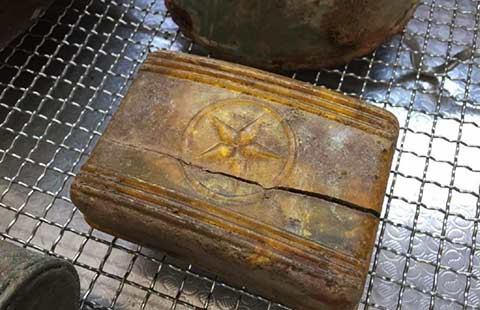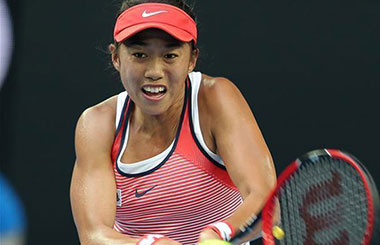
Baltic states should seize initiative
The idea of reviving the Silk Road is one of the most formidable in recent years — it is difficult to imagine any other economic project that could compete with China’s Belt and Road Initiative.
By announcing significant plans and allocating substantial funds for the implementation of the initiative, China has given 16 Central and Eastern European countries hope for a bright future. Cooperation among the 16+1 countries in various fields — most importantly improved export-import opportunities and Chinese investments in the CEE countries — has been announced. While launching the Belt and Road Initiative, China has not only offered opportunities to countries, but also has undertaken considerable responsibility.
Many countries, including the three Baltic states, have placed huge bets on the potential investments China has promised to them. And figures show there is no need to worry as Chinese investment in Europe is growing, with the share of foreign direct investment constituting 6 percent and the growth occurring in the past few years.
In Latvia, for example, half of all Chinese investment since 1992 was made in 2013 and 2014. Last year alone, China invested €16.8 billion ($17.86) in Europe, mostly in the countries in Old Europe. China indeed has huge funds to invest, but the recipient countries, at least for the time being, are unclear how they would be invested.
To cash in on the Belt and Road Initiative, therefore, countries wishing to cooperate with the still promising Asian market have to be more proactive. Countries do compete with each other. For instance, Latvia, Lithuania and Estonia do so even in their day-to-day affairs. But none of the three has been party to any international project on the scale of the Belt and Road Initiative, which offers cooperation in various fields, including culture.
The combined population of the Baltic states is barely more than 7 million, which is just a fraction of China’s. So being part of the Belt and Road Initiative will be in the best interests of these countries. The same applies to other countries in Central and Eastern Europe, for they too have small populations compared with China’s.
Most of the CEE countries, especially the Baltic states, are largely unknown to China despite regular reciprocal visits by leaders. Consequently, there is a risk that in the absence initiatives by the Baltic states, the goodwill displayed by China will go to waste. Thus it is of utmost importance, regardless of whether they cooperate or compete, that the countries seize the initiative and offer their own ideas about how to encourage cooperation and friendship between China and the Baltic states.
Hopefully, such ideas will be voiced at the 16+1 meeting and the Economic and Trade Forum in Shanghai.
Katrina Iljinska, head of international relations of "The Baltic Forum" and consultant to the SDP "Concord" parliamentary group in Saeima, or the parliament of Latvia.













